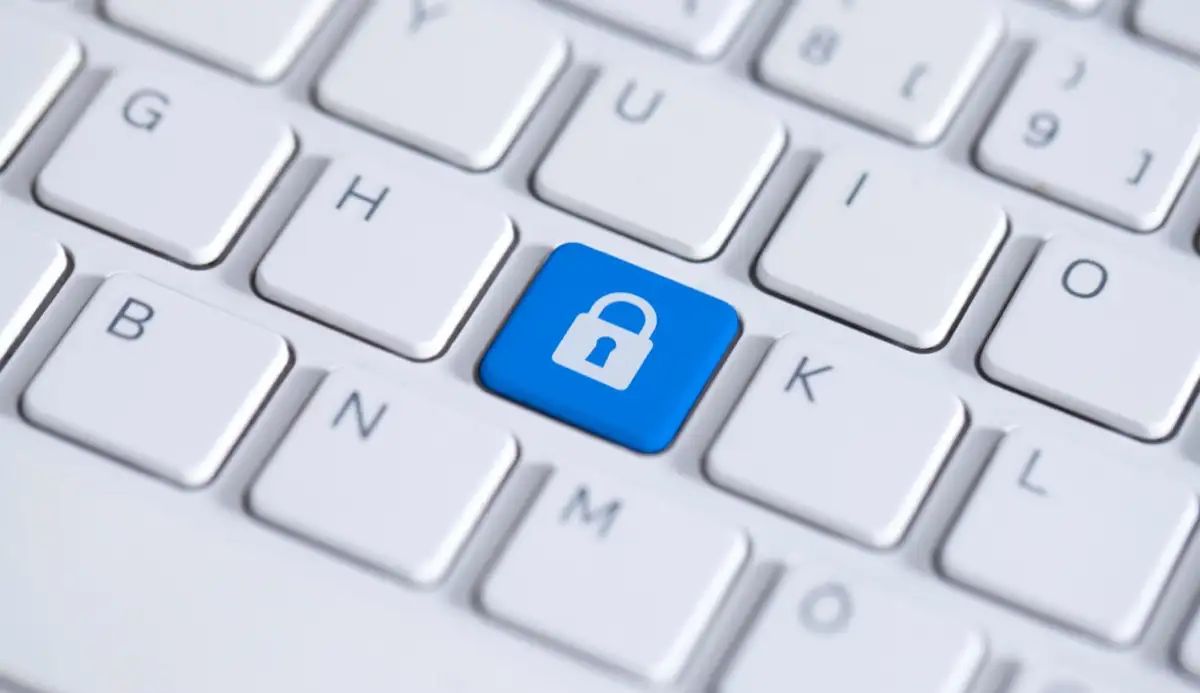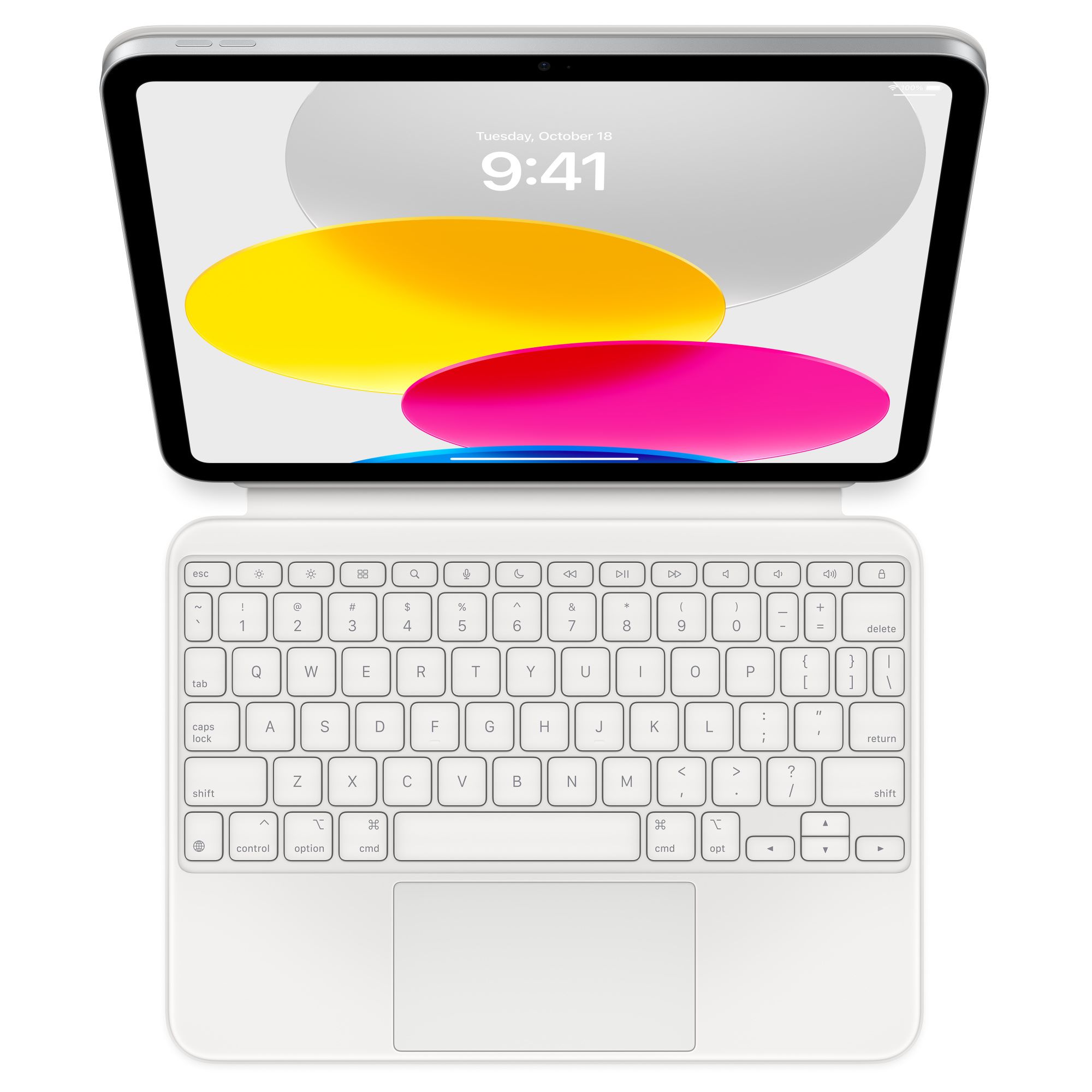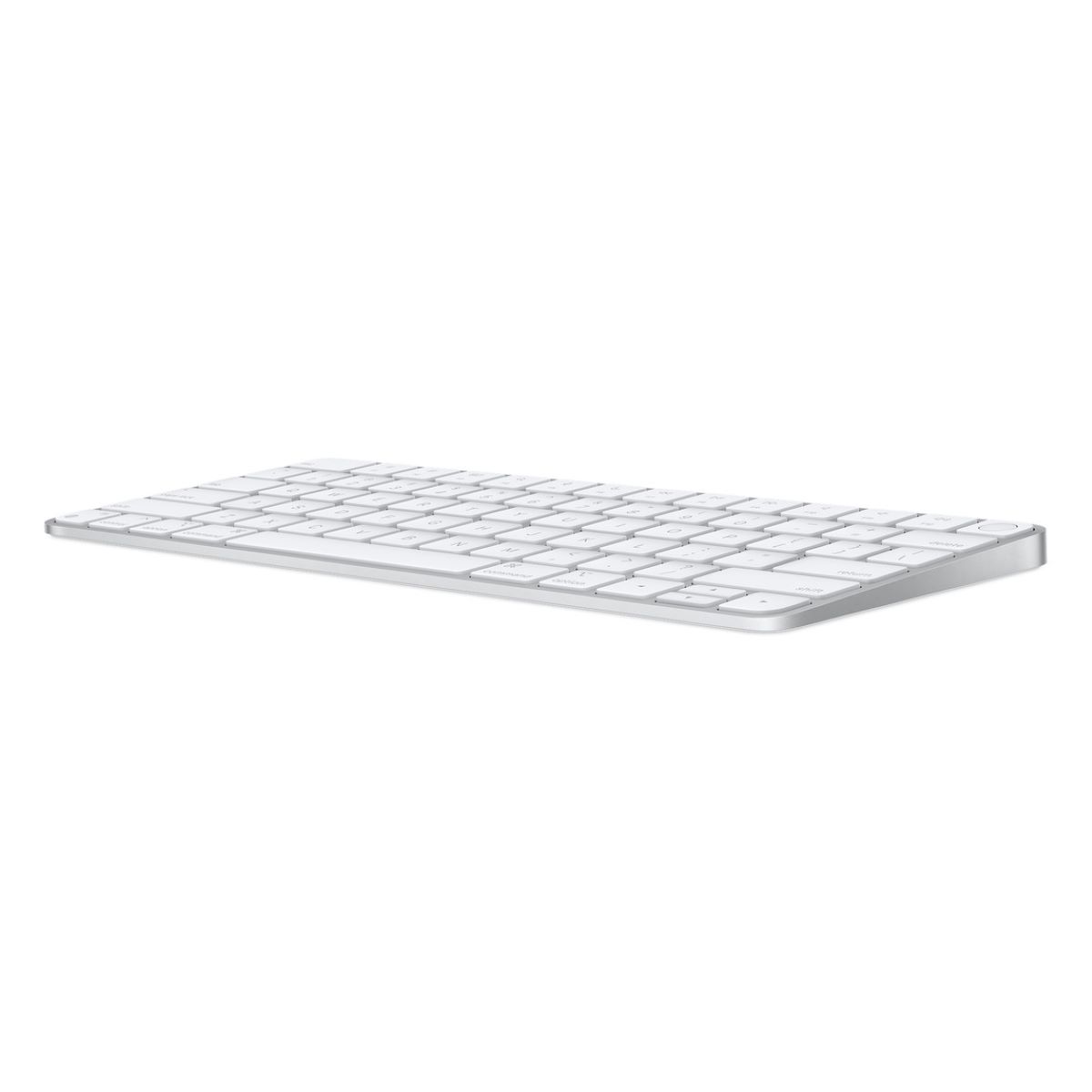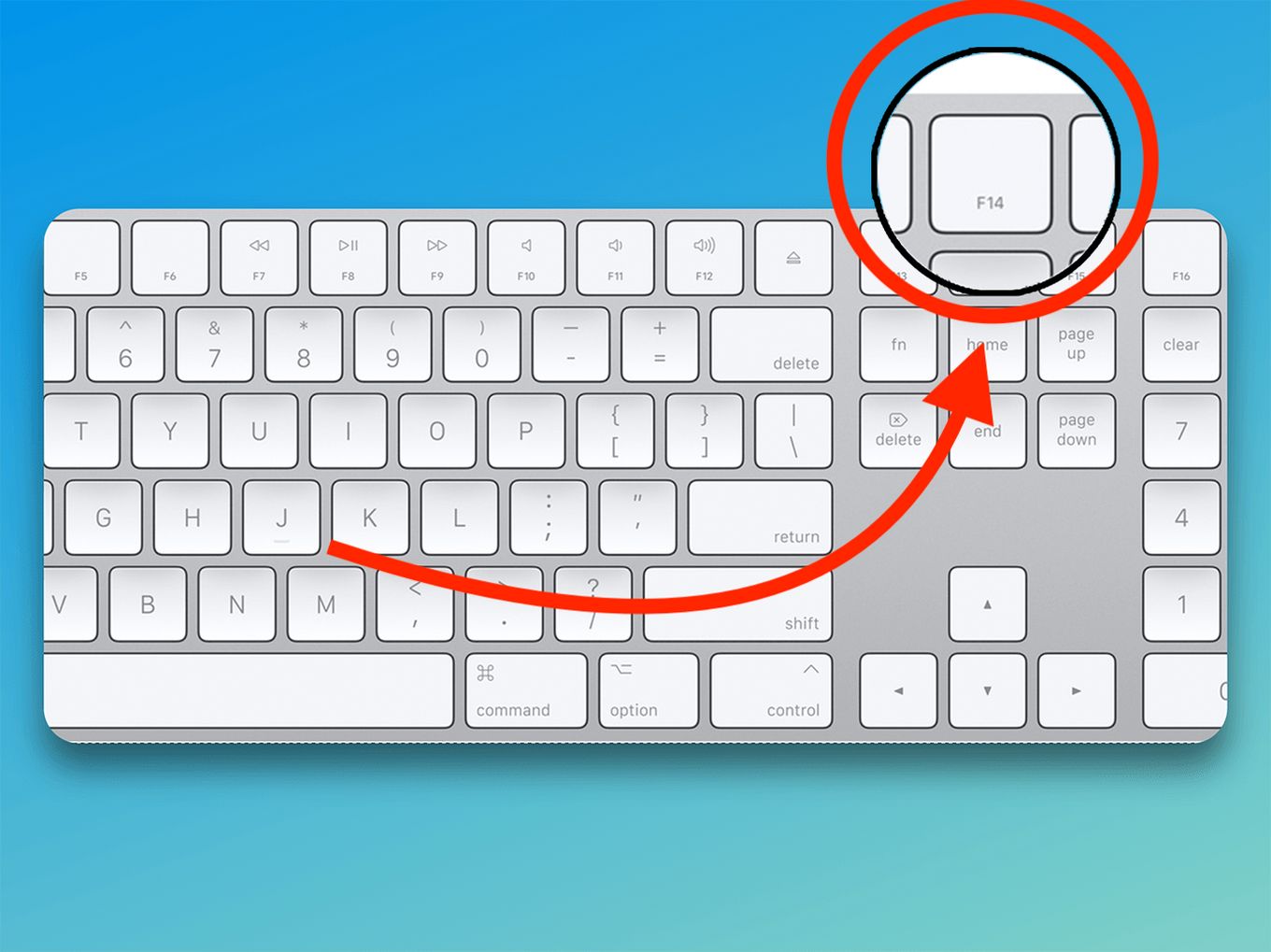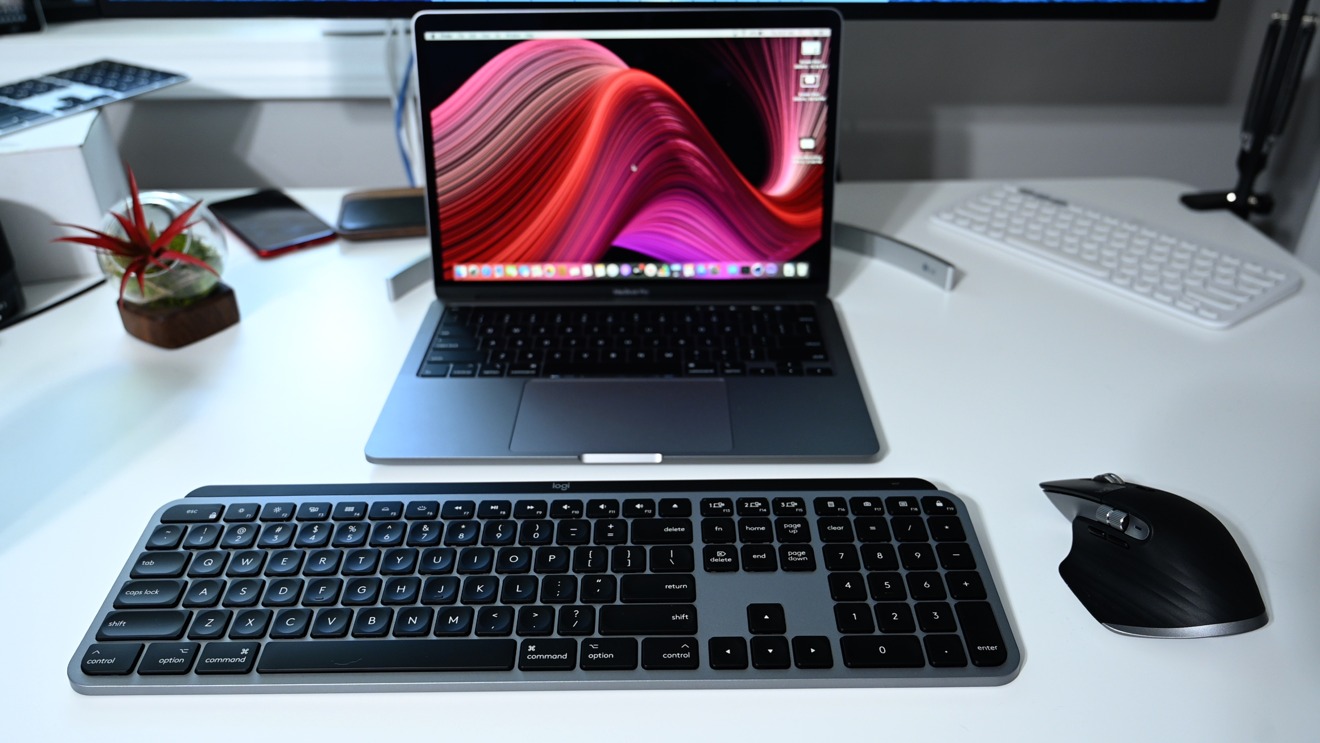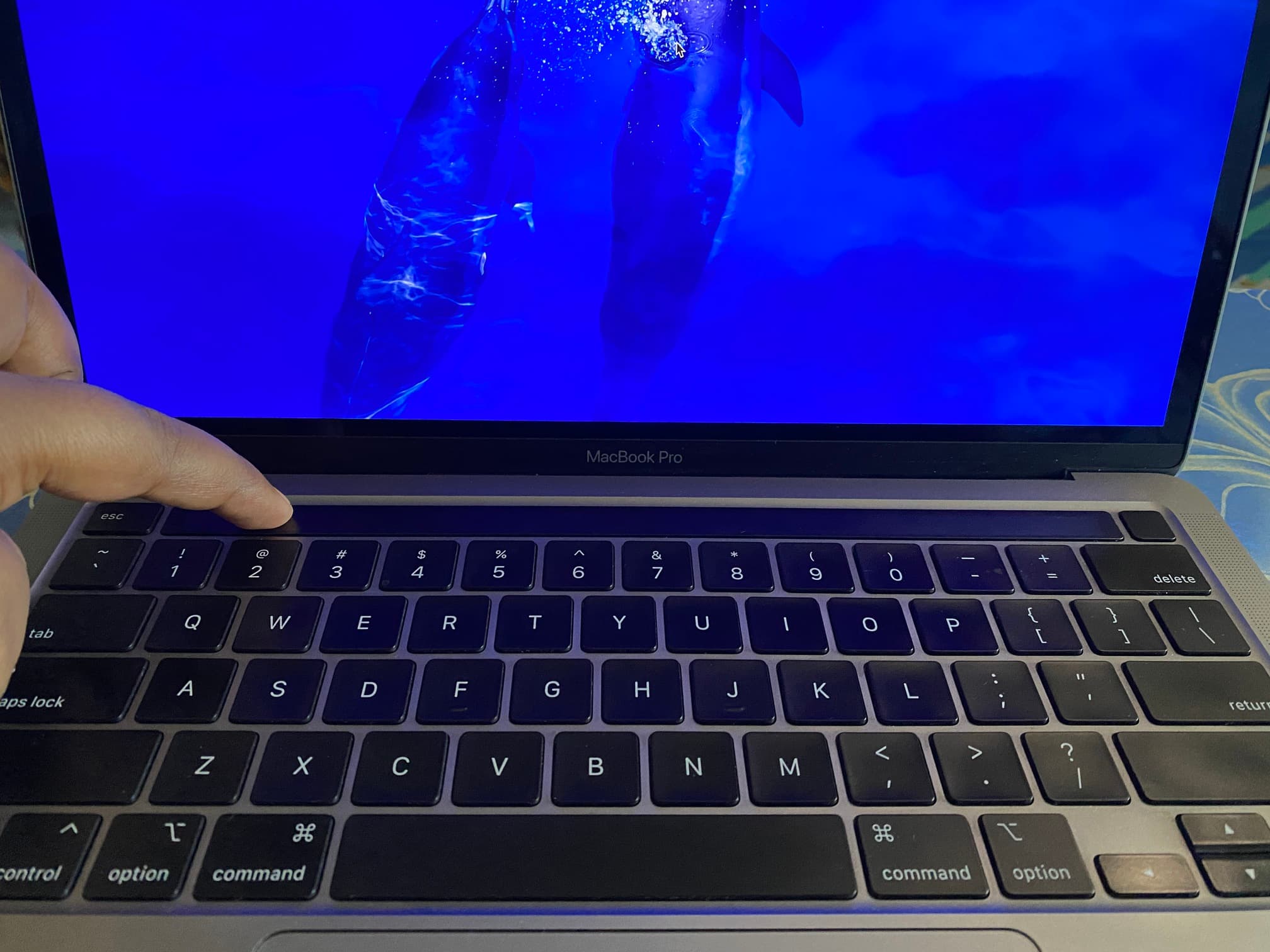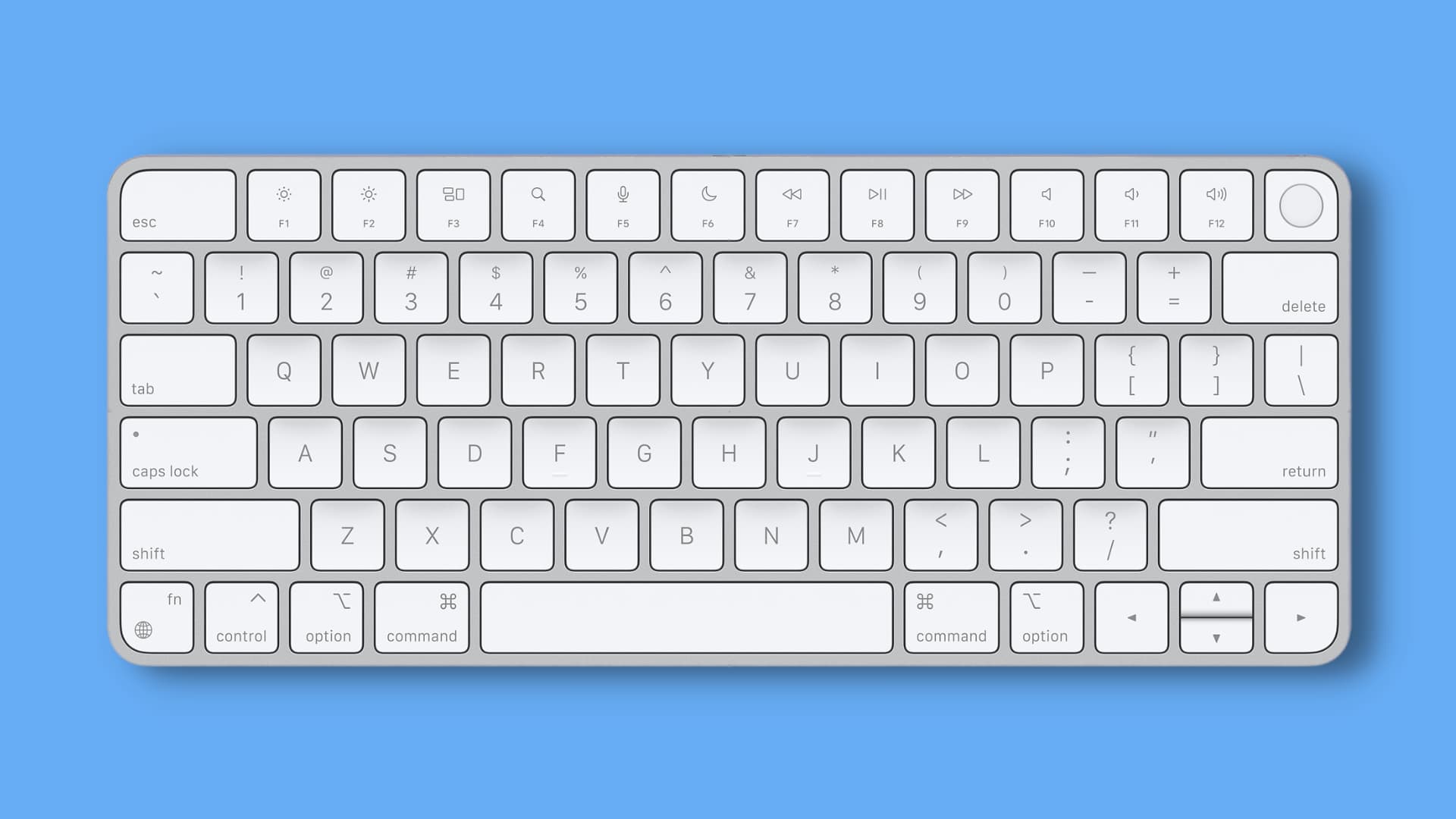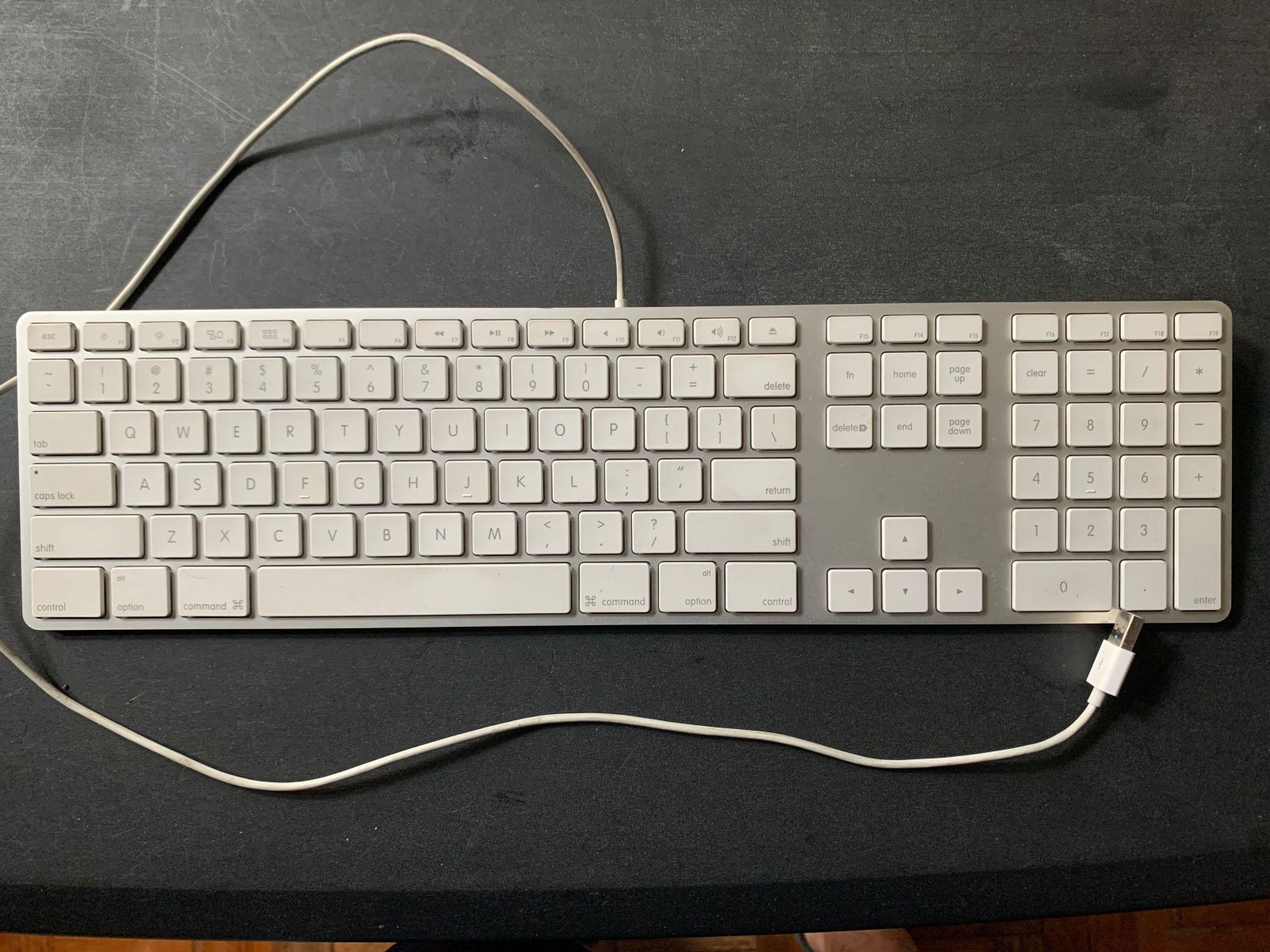Introduction
Welcome to this guide on how to unlock the keyboard on your Mac. We all rely heavily on our keyboards to perform various tasks on our computers, whether it’s writing emails, working on documents, or browsing the internet. However, there may be times when your keyboard becomes unresponsive or locked, hindering your productivity and causing frustration.
There can be several reasons why your keyboard gets locked on a Mac. It could be due to software glitches, incorrect settings, or even hardware issues. Regardless of the cause, this guide will walk you through some troubleshooting steps to help you unlock your keyboard and get it working again.
Before we dive into the solutions, it’s important to note that the methods discussed here are applicable to all Mac computers, including MacBooks, iMacs, and Mac Minis. So, without further ado, let’s explore the various methods that can help unlock the keyboard on your Mac.
Restart Your Mac
One of the simplest and most effective solutions to unlock a keyboard on your Mac is to restart the computer. Restarting your Mac can often resolve temporary software issues that may be causing the keyboard to become unresponsive.
To restart your Mac, follow these steps:
- Click on the Apple menu located in the top-left corner of your screen.
- Select “Restart” from the drop-down menu.
- Wait for your Mac to shut down and then turn it back on.
Alternatively, you can also use the keyboard shortcut by pressing the Control + Command + Power (or Eject) keys simultaneously to initiate a restart.
Once your Mac has restarted, check if the keyboard is functioning normally. If the issue persists, don’t worry. We have several other troubleshooting steps to try before you consider seeking professional help.
Use the Keyboard Viewer
If restarting your Mac didn’t unlock the keyboard, you can try using the built-in Keyboard Viewer. The Keyboard Viewer is a useful tool that allows you to see a visual representation of the keys on your keyboard and can help diagnose any issues with specific keys or keyboard shortcuts.
To access the Keyboard Viewer, follow these steps:
- Click on the Apple menu in the top-left corner of your screen.
- Select “System Preferences” from the drop-down menu.
- In the System Preferences window, click on “Keyboard.”
- Switch to the “Keyboard” tab and check the box next to “Show Keyboard & Emoji Viewers in menu bar.
Once you’ve enabled the Keyboard Viewer in the menu bar, you can access it by clicking on the icon that looks like a small keyboard in the top-right corner of your screen. A drop-down menu will appear, and you can select “Show Keyboard Viewer.”
The Keyboard Viewer will open as a separate window, displaying a virtual representation of your keyboard. You can now test each key by clicking on them with your mouse or trackpad. If a key is unresponsive or acting inconsistently, it could indicate a physical issue with the keyboard itself.
If the Keyboard Viewer shows that the keys are functioning correctly, the problem might lie elsewhere. However, if certain keys don’t respond or if there are delays in their responses, you may need to consider further troubleshooting steps.
Reset the PRAM or NVRAM
If your keyboard is still locked on your Mac, you can try resetting the PRAM (Parameter Random Access Memory) or NVRAM (Non-Volatile Random Access Memory). These are small portions of memory on your Mac that store system settings such as sound volume, display resolution, and keyboard settings.
Resetting the PRAM or NVRAM can help resolve issues with these settings and potentially unlock your keyboard. Here’s how you can do it:
- Shut down your Mac completely.
- Press the power button to turn on your Mac.
- Before the gray startup screen appears, press and hold the Option + Command + P + R keys simultaneously.
- Keep holding the keys until you hear the startup sound for the second time or until the Apple logo appears and disappears for the second time.
- Release the keys and let your Mac continue starting up.
By resetting the PRAM or NVRAM, your Mac will restore the default settings for keyboard preferences. Check if the keyboard lock issue has been resolved. If not, continue to the next troubleshooting step.
Reset the SMC
If your keyboard is still locked on your Mac, resetting the System Management Controller (SMC) might help resolve the issue. The SMC is responsible for managing various hardware functions on your Mac, including power management and keyboard input.
To reset the SMC on different Mac models, follow the instructions below:
- MacBooks with a non-removable battery:
- Shut down your MacBook.
- Connect the power adapter to your Mac and an electrical outlet.
- Hold the Shift + Control + Option keys along with the power button.
- Release all the keys and the power button at the same time.
- Press the power button to turn on your Mac.
- MacBooks with a removable battery:
- Shut down your MacBook and remove the battery.
- Press and hold the power button for 10 seconds.
- Release the power button, reinsert the battery, and turn on your Mac.
- iMacs, Mac Minis, and Mac Pros:
- Shut down your Mac.
- Unplug the power cord from the electrical outlet.
- Wait for 15 seconds.
- Plug the power cord back in.
- Wait for 5 seconds, then press the power button to turn on your Mac.
After resetting the SMC, your Mac’s hardware settings should be restored, which may resolve the keyboard lock issue you were experiencing. If the problem persists, let’s move on to the next troubleshooting step.
Check for Accessibility Settings
Another factor that can cause the keyboard to appear locked on your Mac is certain accessibility settings. These settings, designed to assist users with disabilities, can inadvertently affect the keyboard input. Checking and adjusting these settings may help resolve the issue.
Follow these steps to review the accessibility settings on your Mac:
- Click on the Apple menu in the top-left corner of your screen.
- Select “System Preferences” from the drop-down menu.
- In the System Preferences window, click on “Accessibility.”
- Check the different categories in the left sidebar, such as “Keyboard,” “Mouse & Trackpad,” and “Dictation.”
- Review the options and make sure none of the settings are enabled or configured in a way that could be causing the keyboard lock.
- If you notice any settings that might be causing the issue, disable or adjust them accordingly.
Once you’ve made the necessary changes to the accessibility settings, restart your Mac and check if the keyboard lock problem resolves. If not, we’ll move on to the next step to troubleshoot the issue further.
Update macOS and Keyboard Drivers
Keeping your macOS and keyboard drivers up to date is essential for resolving any software-related issues that may be causing the keyboard lock on your Mac. Outdated software can lead to compatibility problems and unexpected errors. Updating your macOS and keyboard drivers can help ensure that your system is running smoothly.
Follow these steps to update your macOS and keyboard drivers:
- Click on the Apple menu in the top-left corner of your screen.
- Select “System Preferences” from the drop-down menu.
- In the System Preferences window, click on “Software Update.”
- If an update is available, click on “Update Now” to download and install the latest version of macOS.
- After updating macOS, restart your Mac to apply the changes.
- Next, you may need to update your keyboard drivers if they are separate from the macOS updates.
- Visit the official website of your keyboard manufacturer and search for the latest drivers or software for your specific model.
- Download and install the updated drivers following the manufacturer’s instructions.
- Restart your Mac once again to complete the driver installation.
By updating your macOS and keyboard drivers, you ensure that your system is equipped with the latest bug fixes and improvements that can resolve the keyboard lock issue. If the problem persists, let’s move on to the next troubleshooting step.
Repair Disk Permissions
If you’re still experiencing keyboard lock issues on your Mac, it’s worth checking and repairing the disk permissions. Disk permissions are a set of rules that determine which users can access specific files on your Mac’s hard drive. Incorrect or corrupted permissions can sometimes cause conflicts and result in various system issues, including keyboard-related problems.
To repair disk permissions on your Mac, follow these steps:
- Open the “Applications” folder on your Mac.
- Navigate to the “Utilities” folder and launch the “Disk Utility” app.
- In the Disk Utility window, select your Mac’s startup disk from the sidebar.
- Click on the “First Aid” tab at the top of the window.
- Click on the “Repair Disk Permissions” button.
- Wait for the repair process to complete.
- Once the repair is finished, restart your Mac.
Repairing disk permissions can help resolve any issues caused by incorrect file access rules, potentially fixing the keyboard lock problem you’re facing. If the issue persists, we’ll move on to the next troubleshooting step.
Check for Hardware Issues
If none of the previous troubleshooting steps have resolved the locked keyboard issue on your Mac, it’s important to consider the possibility of hardware-related problems. Physical damage, loose connections, or faulty keyboard hardware can all contribute to keyboard unresponsiveness. Here are some steps you can take to check for hardware issues:
- Inspect the keyboard for any visible signs of damage, such as liquid spills or physical wear and tear.
- If you’re using an external keyboard, try connecting it to a different USB port or another computer to see if the issue persists.
- Disconnect the keyboard from your Mac and reconnect it firmly, making sure it is securely plugged in.
- If you have access to another keyboard, try substituting it to see if the problem lies with the keyboard itself.
- Restart your Mac and boot it into the Safe Mode by holding down the Shift key. This will disable any third-party applications or drivers that may be causing conflicts with the keyboard.
If the keyboard works fine in Safe Mode or with a different keyboard, it suggests that there may be compatibility issues with third-party software or a hardware problem with your original keyboard.
If your Mac is still under warranty or if you suspect a hardware issue, it’s advisable to contact Apple Support or visit an authorized service center for further assistance and professional diagnosis.
By following these troubleshooting steps, you have explored various potential causes for a locked keyboard on your Mac and attempted to resolve the issue. Remember, each situation may vary, and it’s important to assess the specific circumstances before determining the exact problem and solution.
Conclusion
Dealing with a locked keyboard on your Mac can be frustrating, but hopefully, this guide has provided you with helpful solutions to resolve the issue. We have covered several troubleshooting steps, from restarting your Mac to checking for hardware issues.
Remember, before attempting any troubleshooting steps, it’s always a good idea to save your work and back up your important files. This way, you can avoid potential data loss or complications during the troubleshooting process.
If restarting your Mac or using the Keyboard Viewer didn’t unlock the keyboard, you can try resetting the PRAM or NVRAM or resetting the SMC. Checking the accessibility settings and updating macOS and keyboard drivers are also important steps to consider.
In some cases, the problem may be related to disk permissions or even a hardware issue. Repairing disk permissions can resolve conflicts, while checking for hardware issues like physical damage or loose connections is crucial for identifying and addressing any underlying problems.
If you’ve exhausted all the troubleshooting steps and the keyboard lock problem persists, it is recommended to seek professional assistance. Apple Support or an authorized service center can provide specialized help for more complex hardware or software-related issues.
We hope this guide has helped you unlock your keyboard and restore functionality to your Mac. Remember to keep your system updated and perform regular maintenance to prevent such issues in the future.









